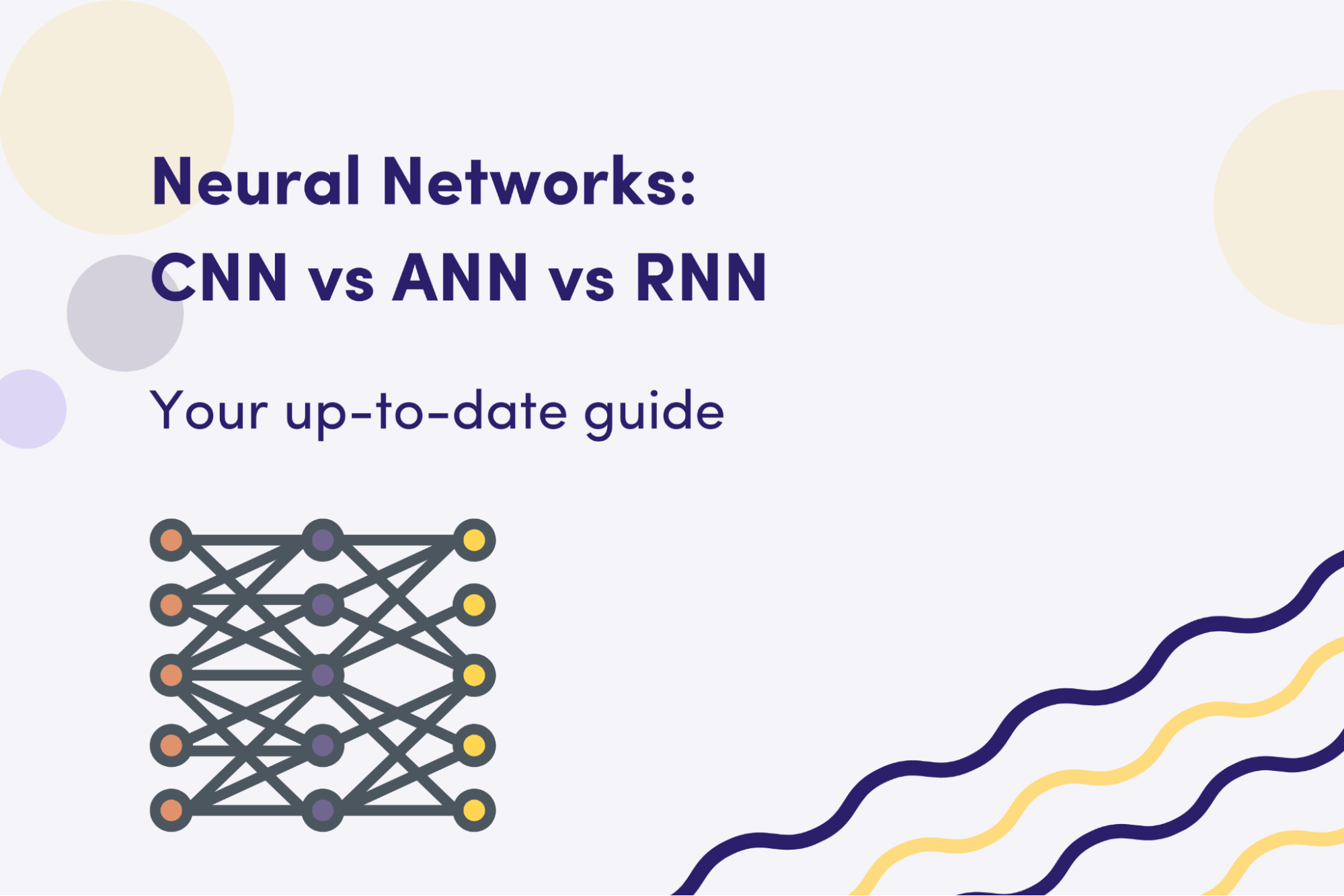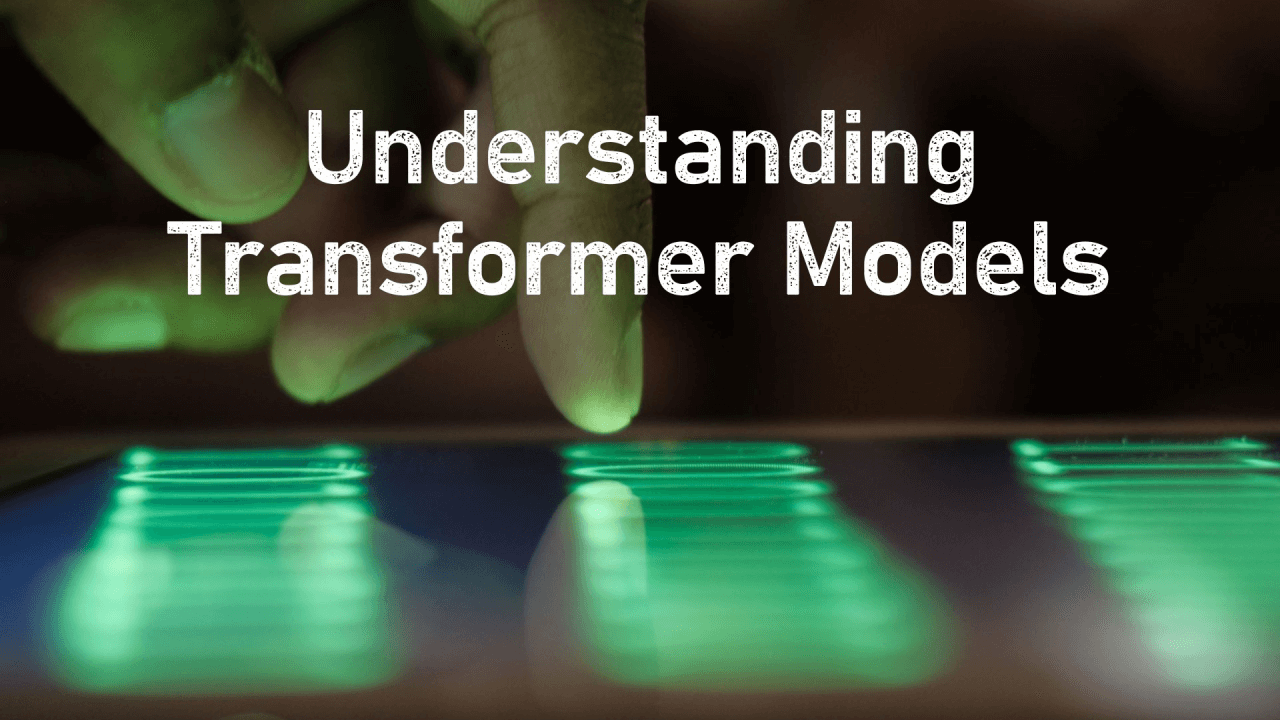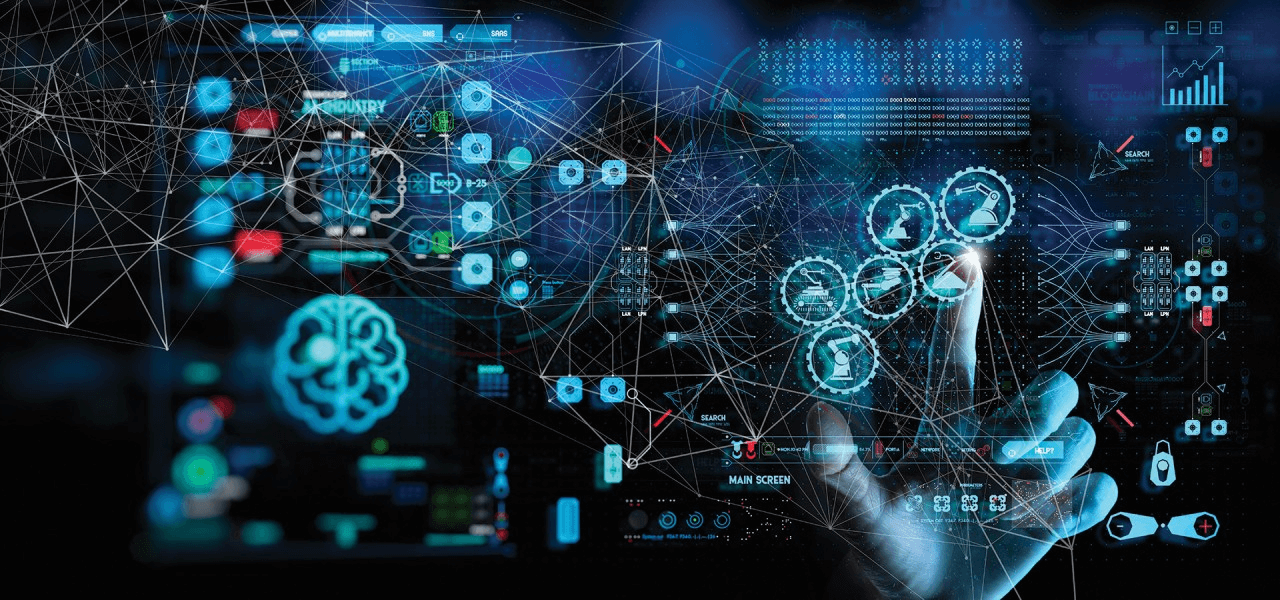What Are the Key Differences Between Transformer Models and Traditional Neural Networks?
Modern businesses aim to make computers comprehend and use Artificial Intelligence language like the human brain. Several advancements have taken place to achieve this goal, including NLP (Natural Language Processing), which plays a significant role.
In the comparison of “Transformer Models vs Neural Networks”, traditional neural networks were the groundwork for machine learning and deep learning models, while transformer models have been game-changers.
Read this article to learn the critical differences between these technological approaches, which will help business leaders understand their potential and implications.
What Are Traditional Neural Networks?
Traditional neural networks have been the backbone of Artificial Intelligence and used as the foundation for developing modern AI. These networks come in different architectures, each designed to solve a problem. This includes:

Img src: Google
- FNNs: Feedforward Neural Networks
- CNNs: Convolutional Neural Networks
- RNNs: Recurrent Neural Networks
The above neural networks have limitations in processing large-scale data and understanding complex relationships. This has paved the way for more advanced architectures, known as transformer models.
Key Types of Traditional Neural Networks
Traditional neural networks come in several key varieties:
- Feedforward Neural Networks: These are the simplest kind of neural networks. In this, data flows in one direction from input to output. They are good for doing simple tasks like classification and regression.
- Convolutional Neural Networks: These are used extensively in image processing. Their ability to use convolution layers makes them highly efficient in handling computer vision tasks.
- Recurrent Neural Networks: These are meant to handle sequential data. They keep a hidden state that captures information from the previous time steps, thus making them useful for language modeling and speech recognition tasks.
Strengths of Traditional Neural Networks
- Simplicity: Traditional neural networks are relatively straightforward to understand and implement.
- Effectiveness for Specific Tasks: CNNs excel in image processing, while RNNs are powerful for sequential data.
- Early Innovations in AI: These models laid the foundation for many AI applications and are still widely used today.
Limitations of Traditional Neural Networks
- Sequential Processing in RNNs: RNNs are majorly inefficient for long dependencies due to its vanishing gradient problems.
- Limited Contextual Understanding: Traditional networks often need help understanding broader contexts beyond immediate data points.
- Vanishing/Exploding Gradient Issues: RNNs can suffer from vanishing or exploding gradients, making deep network training difficult.
An Introduction to Transformer Models
Img src: Google
Transformer models have entirely changed the landscape of Artificial Intelligence by resolving the drawbacks of traditional neural networks.
Transformer neural networks were first proposed in the influential paper “Attention Is All You Need” in 2017 and have since become the de facto standard for NLP and other AI applications. The key components are attention mechanisms, encoders, and decoders.
Transformer models represent a quantum leap in AI technology:
- Self-Attention Mechanism: Allows models to understand context by examining relationships between all data points simultaneously
- Parallel Processing: Can process entire sequences at once, dramatically improving speed
- Global Context Understanding: Captures nuanced relationships across vast amounts of information
Evolution of Transformers in NLP and AI
Transformers have reformed the world of natural language processing (NLP) and other AI domains. Some of the popular models are:
- BERT: Abbreviated form for Bidirectional Encoder Representations, it is used for text understanding.
- GPT Series: An abbreviated form for Generative Pre-trained Transformers, it gives out human-like text.
- T5: Abbreviated form for Text-to-Text Transfer Transformer is versatile for all kinds of NLP tasks.
Benefits of Transformer Neural Networks
- Better Accuracy & Efficiency: The transformers are more accurate and efficient than the traditional models.
- Broader Applications: They are applied in various domains, from NLP to computer vision and multimodal tasks.
- Pre-trained Models: Transformers come with pre-trained models. These are good for rapid and easy deployment.
Limitations of Transformers
- High Computational and Memory Requirements: Transformers require substantial resources for training and inference.
- Complexity in Interpretability: They can interpret more complex than simpler models using transformer model development services.
A Comprehensive Comparison of “Transformer Models VS Neural Networks”
The following comparison of transformers and traditional models in AI will help you better understand both models’ unique strengths and applications.
Architecture & Design
Transformers leverage self-attention and parallelism to understand global contexts, while traditional networks like RNNs and CNNs rely on sequential and localized data processing.
Sequential Nature of RNNs vs. Parallel Processing
Traditional RNNs process data sequentially, which slows down computations, especially for long sequences. In contrast, transformers utilize parallel processing, enabling them to handle large datasets efficiently and reduce training time.
Local Feature Focus of CNNs VS. Global Context
CNNs excel at capturing local features like edges or textures in images. On the other hand, transformers leverage their self-attention mechanism to capture global context, making them superior for tasks requiring comprehensive understanding across entire sequences.
Handling Sequential Data
Transformers effectively capture long-range dependencies with self-attention, avoiding issues like vanishing gradients, whereas traditional networks like RNNs struggle with maintaining context over long sequences.
Img src: Google
Vanishing Gradient Problem
RNNs often struggle with vanishing gradients, which limit their ability to model long-term dependencies in sequential data. Transformers, however, solve this issue through self-attention. This allows them to connect distant elements in a sequence directly.
Long-Range Dependencies
Transformers are highly effective at modeling long-range dependencies, such as understanding relationships between words in long sentences, whereas RNNs often fail in such scenarios due to their sequential limitations.
Scalability & Performance
Transformer neural networks excel in scalability with parallel training and processing, making them ideal for large datasets. Traditional neural networks face bottlenecks due to their sequential nature and limited scalability.
Computational Efficiency Through Parallelism
Transformers’ architecture allows them to process sequences in parallel, significantly improving computational efficiency and reducing training time.
Traditional Networks’ Limitations
Traditional networks like RNNs and CNNs are less scalable due to their sequential or layer-specific processing, making them less effective for large-scale data tasks.
Use Cases
Transformers dominate NLP, generative AI, and multimodal applications, while traditional networks like CNNs are preferred for image-related tasks and RNNs for simpler sequential data.
Traditional Neural Networks
CNNs are popular for vision-related applications like image recognition, object detection, and medical imaging. RNNs remain useful for specific sequential applications like time-series forecasting and control systems.
Transformers’ Dominance
Transformers dominate NLP tasks, including machine translation, text summarization, and sentiment analysis. They are also starting to gain traction in multimodal applications, such as integrating text and image data for tasks like caption generation and visual question answering.
Training & Resources
Img src: Google
Transformers demand extensive computational power and memory for training but offer exceptional performance. Traditional networks are less resource-intensive, making them suitable for smaller-scale projects.
Resource Intensity
Transformers demand significant computational resources, including GPUs and large memory, to process and train on massive datasets. This makes them resource-intensive compared to traditional networks.
Simpler Training Processes
Traditional neural networks, while slower for sequential tasks, often require simpler hardware and smaller datasets, making them more accessible for smaller projects or constrained environments.
Applications & Success Stories
Img src: Google
The distinct capabilities of transformers and traditional neural networks have made them invaluable across various domains. Each has excelled in its respective areas, driving innovation and delivering impactful results.
Transformers
- Generative AI
Transformers propel the capabilities of generative AI models, such as ChatGPT and GPT-4, which can create coherent, human-like text. These models revolutionized content creation, conversational AI, and many other applications. - Machine Translation
Machine learning solutions/tools like Google Translate utilize transformer models to produce more accurate and contextually relevant translations than earlier technologies. - Text Summarization & Sentiment Analysis
Transformers excel at summarizing lengthy documents and analyzing text sentiment, making them indispensable for media, marketing, and customer feedback applications. - LLM development
Models like PaLM 2 push boundaries by combining text, images, and other data types, enabling diverse applications such as caption generation, image-text search, and complex decision-making tasks. With ongoing LLM development, multimodal AI is expected to deliver even richer insights by seamlessly interpreting information across multiple formats.
Traditional Neural Networks
- CNNs in Image Classification
Convolutional Neural Networks are still the heart of image classification and object detection. For example, they form the backbone of autonomous vehicles detecting road signs, pedestrians, and obstacles. - RNNs in Time-Series Predictions
Recurrent Neural Networks are often used for time-series data, such as predicting stock prices, weather patterns, or sales trends. They also find applications in simpler natural language processing tasks like language modeling and speech recognition.
Future Consequences of Transformers
Transformers are setting a benchmark for AI, and the future is looking bright for transformers. The continued dominance of transformers can be seen as discussed below:
AI Research & Industry Applications
Transformers will be the next thing to lead AI research. The developments of natural language processing, computer vision, and multimodal learning will be taken forward.
Addressing Current Limitations
Researchers are working on these challenges to make transformers efficient and accessible, such as overcoming high computational costs, lack of interpretability, and energy consumption.
Expanding Applications
The versatility of transformers will open up the door for use in emerging fields such as:
- Healthcare: This will involve disease diagnosis, drug discovery, and patient data analysis.
- Autonomous Systems: It will improve decision-making in robotics and self-driving cars.
- Finance: It will improve fraud detection, risk analysis, and algorithmic trading.
Conclusion
From the above comparison of “Transformer Models vs Neural Networks”, it is clear that transformer models are more than an upgrade in technology as they revolutionize how machines learn and process information.
Understanding these differences allows business enterprises to revolutionize operations, innovate new systems, and stay ahead of a changing technological landscape.





Leave a Reply